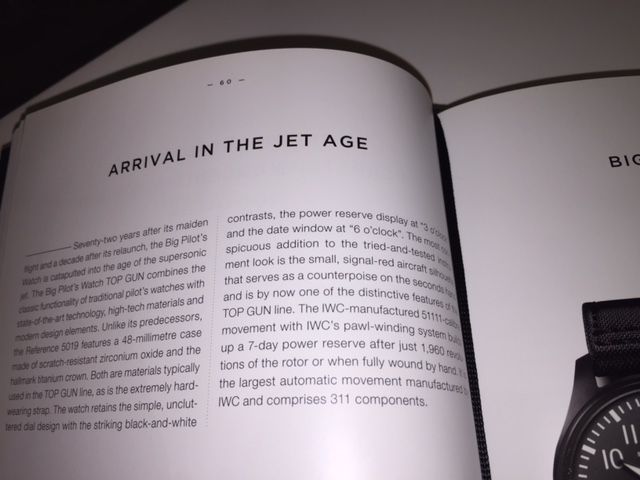I guess jewel count gives some indication of the quality of the movement, although this may always have been some marketing instrument, like remarks about water resistance and shock absorbtion. One may assume correctly that the high quality, expensive movements get as much jewels as considered necessary for longevity, that cost cutting is not the dominant argument here.
Component count doesn't say anything about the quality of the movement, it just isn't true that the more parts there are the better the movement is. I can only assume that mentioning the number of parts isn't considered useful by IWC.
There are some numbers that I would consider useful to mention, that now are not mentioned: the weight of the watch (a heavy watch may put people off) and the lug size and width at the buckle side, to accomodate ordering straps. But here I think that protecting the own business is the reason those numbers are not freely available.
Kind regards,
Paul
